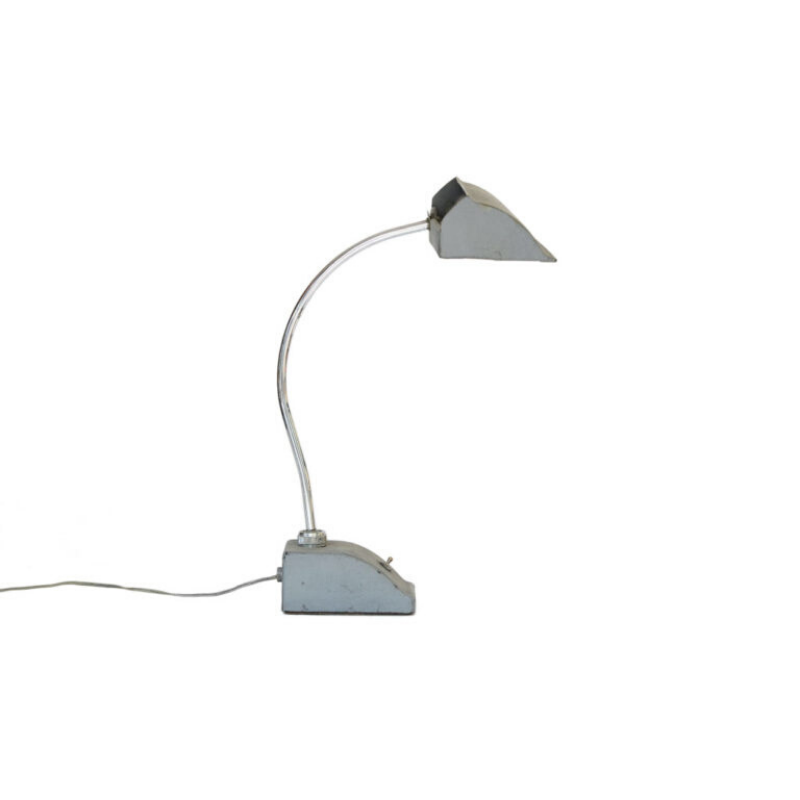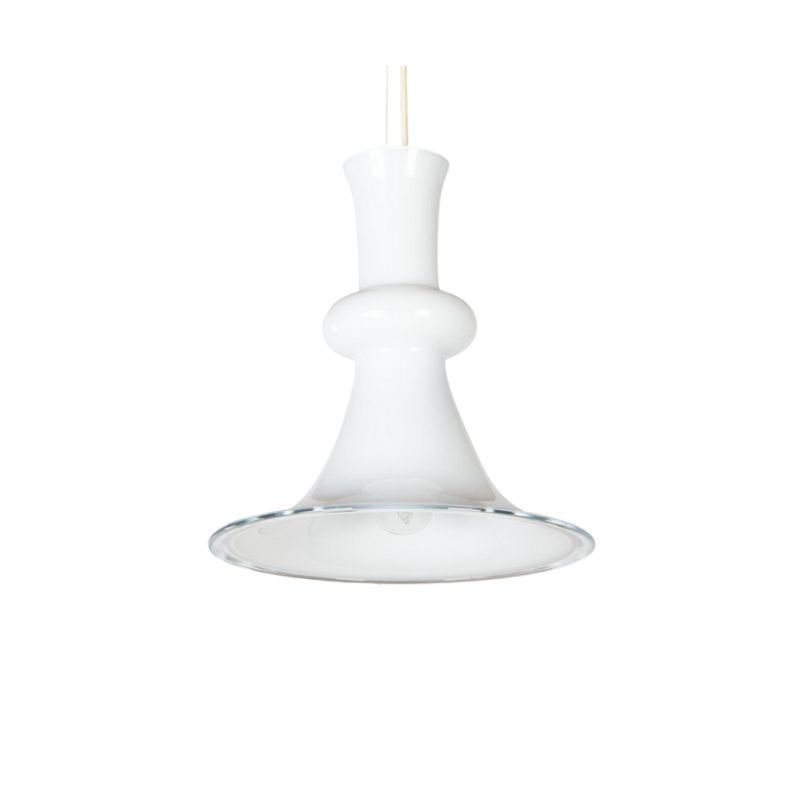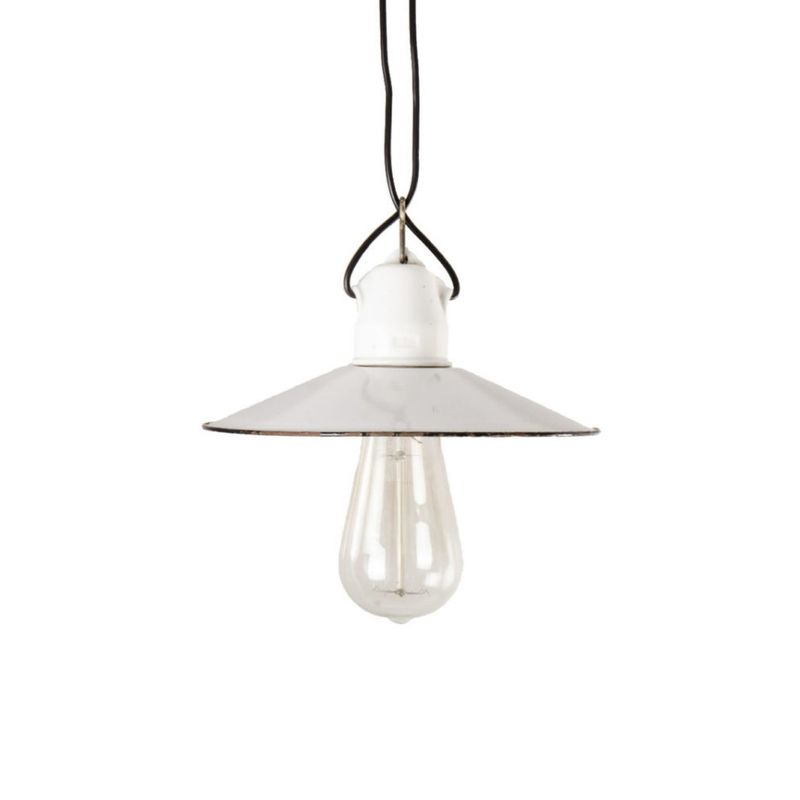How similar is too similar? At which point are artists really doing nothing more than a ripping off an earlier design? As mentioned in a previous thread, I am relatively new to design. Since taking an interest, I have noted many pieces that clearly derive inspiration from a previous design. While it's understandable that most artists and designers are inspired by others' work, to what extent is reasonable. What do you guys think? Are these pieces inspired by their predecessor, were they an homage, or were the designers of the later pieces taking too many liberties and basically ripping off the work that came before? Be honest. Try not to the fact that they have their designs in history books sway you.
Verner Panton Moon Lamp (1960) - Henri Mathieu Table Lamp (1970)
Bruno Mathsson Eva Chair (1934) or Working Chair (1933) - Jens Risom Lounge Chair (1941)
Charles and Ray Eames LCW (1945) - Egon Eiermann SE 42 Chair (1949) - Cors Alons Lounge Chair (1955)
Charles and Ray Eames DCM (1945) - Egon Eiermann SE 68 Chair (1950)
Marcel Breuer Cesca Chair (1928) - Mart Stam S43F Chair (1931)
Eero Saarinen Tulip Chair (1956) - Pierre Paulin Tulip Chair (1965)
Alvar Aalto Paimo Chair (1929) - Waclaw Czerwinski & Hilary Stykolt Lounge Chair (1946)
Hans Wegner Papa Bear Chair (1951) - Theo Roth Penguin Chair (1958)
Arne Homvand Olsen Dining Chair (1958) - Jan Kuypers Nipigon Chair (1960)
Koen had something to say about that.
Here:
http://www.designaddict.com/essais/Originality.html
And here:
http://www.designaddict.com/design_addict/forums/index.cfm/fuseaction/th...
Everything is derivative...
The more you experience and take in, the more it influences you. It applies to everything... art, music, design, cuisine, etc, etc... Alot's been done already in all those fields. No one has the benefit of inventing the wheel anymore. It's all about reinvention. So naturally, some things are going to seem contrived. Are they or aren't they? That's really only for the creator to know...
Absolutely
Design has, to an extent, plateaued.
If you consider the radical difference in 'design' of the 20 years between, say, 1900 and 1920 there is nothing like the enormity of change these days that there was in the past.
Koen, as ever, was spot on when he talked about the zeitgeist and how it affects contemporary design, of the collective design consciousness - call it fashion if you like.
I think, however, some contemporary designers are less guarded about their influences than they perhaps once were, and are more happy nowadays to talk about their influences and inspirations.
Agreed.
Thanks for the good read fastfwd. And I definitely agree with the fact that we are living in a time where reinventing the wheel is next to impossible. As a visual artist, musician and design student, I have a lot of influences. I used to be really hard on myself if I had done something and then discovered that someone else had written a similar piece of music or painted similar imagery. The fear of having people listen or look at something I had done and then make a comparison to a well-known piece actually stifled my creativity. For a few years, I actually stopped producing, even though I believe that nothing can be earth-shatteringly unique anymore.. The older - and I dare say, wiser - that I get the more comfortable I am in my own skin; and am therefore less guarded about letting influences be known. I have also learned that when working from inspiration, you bring your own experiences to the table, which naturally shapes your piece in a different way. Just wanted to hear what others had to say.
I suppose this one area at...
I suppose this one area at least is where design and fine art part company, a designer can entirely legitamately improve or evolve a previous design and yet still retain authorship, funny isn't it, I suppose desgn in that way is far more collaborative, something can be derivative and thats not not necessarily percived as a bad thing...can be a compliment but its so easy to insult someones work by calling it a secnd rate Rothko.
Just do what you feel like, forget the design magazines and all the hoopla....you know when you're being honest with yourself and when riffing turns to something less than inspiration.
Heath
I think you're right about fine art, I guess it's seen as the 'purer' art.
(that's if we're to seperate Art & Design entirely)
I suppose a couple of times in Twentieth Century the notions of that ownership have been challenged from within the Art establishment itself though.
Firstly, and most radically with the Readymades of the Dada and Surrealists, and the again later, to a degree, with some of the Pop artists with their reapporopration of imagery, and Warhol's 'Factory' ethos?
Artsnot, I'd also suggest
... that with your original post you are making visual comparisons that are not as closely connected as your question suggests. It's like saying that one action painter is copying another because they are using bold, expressive brushstrokes. There have been many movements in art where the artists might be hard to distinguish from one another to an untrained eye. Think about photorealism.
So while some of the designs you site may have similar characteristics, I don't think I'd go so far as to suggest they were copies or not original designs. I think designers and architects have to deal with problem solving in a more practical way than many artists do and therefore I can easily see why they might look at the work of another designer and think to themselves "that is good, but it would be better (work better) if they had approached it like this..."
added
to which, contemporary designers are by definition working within what is accepted good design of the times i.e whatever is fashionable and desirable aesthetically, and quite often with the new technologies available in materials and construction. So cross-over is almost inevitable.
The employment of new technology, I think, being one of the few ways to drive design forward these days.
If you need any help, please contact us at – info@designaddict.com









